All of our classes used to use jigs that my husband fabricated en masse and thin, flat boards, hammers, and nails to align square edges.
The aluminum layout block/homasote method Who is as simple as using a bulletin board. The aluminum blocks come with pushpins for easy alignment of straight edges. All you need is a set square to true up the corners, and you’re ready to solder!
Morton, a longtime leader in The stained glass industry had a lock on the aluminum lock market. But now low and behold some copycats have emerged which provide us with less expensive options. Here are my picks that we use in our classes:
Spakon Aluminum Layout Block System Variety Pack of 12
Aluminum Layout Block System 6” Pack of 12
12 x 12 Homasote Board
If you happen to have access to a woodworking power saw, and you need surfaces for soldering that are larger, hardware stores, such as Menards sell 4 x 8 sheet boards in the building materials section. Homasote is sold as a fire resistant surface, and also for soundproofing.
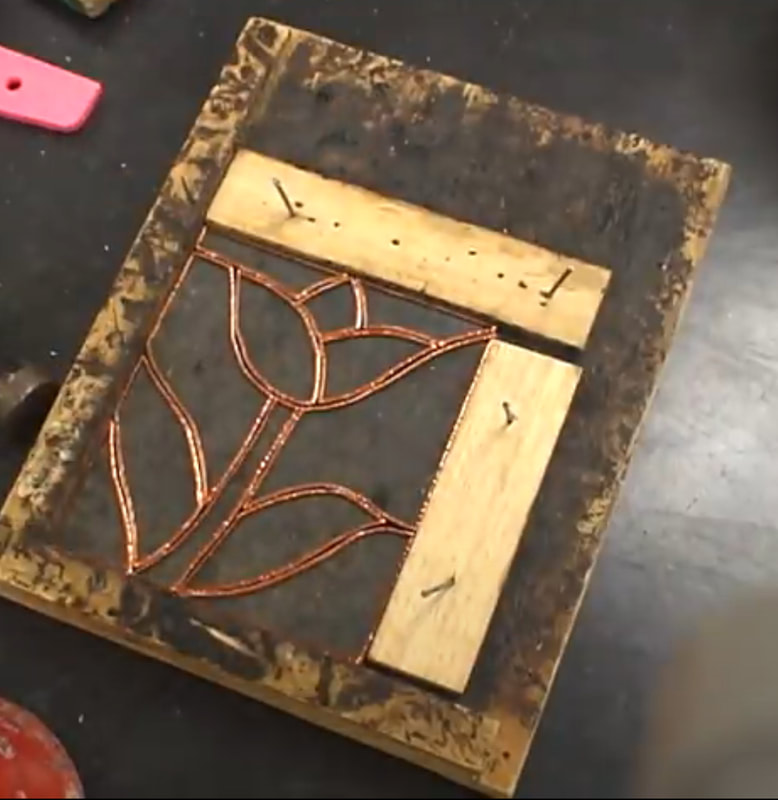
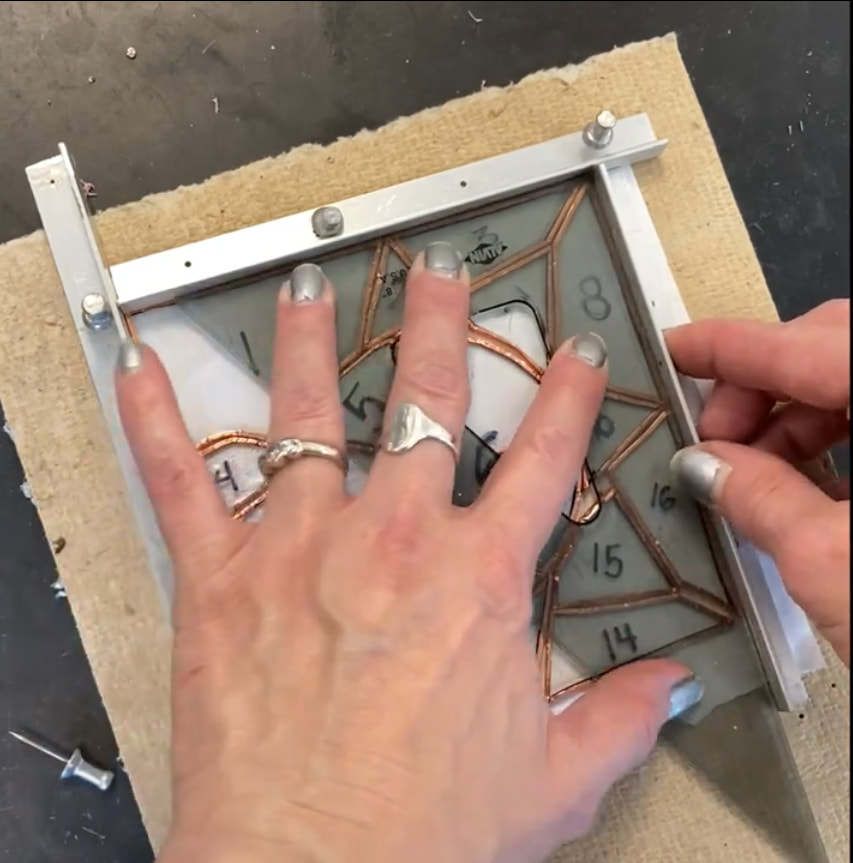
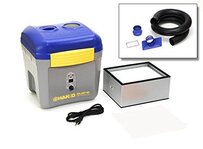
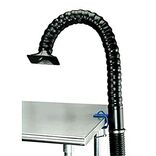
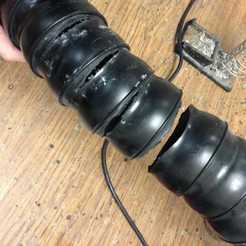
 RSS Feed
RSS Feed
